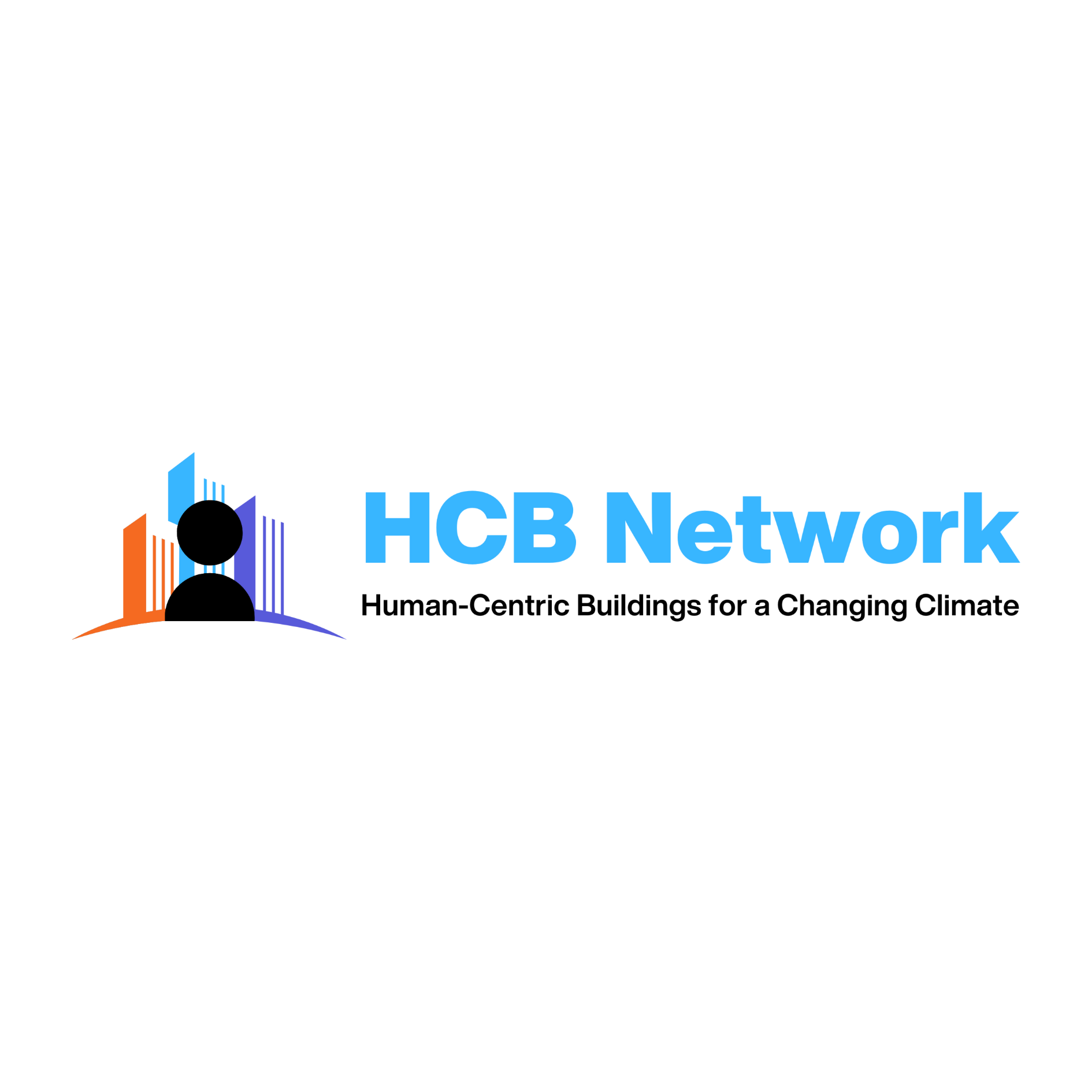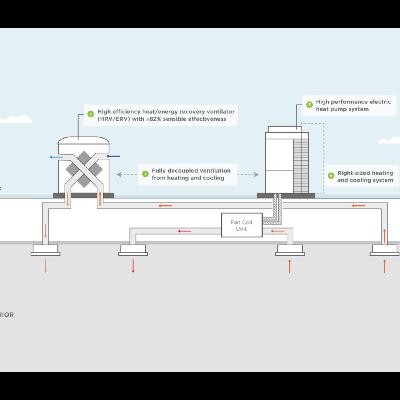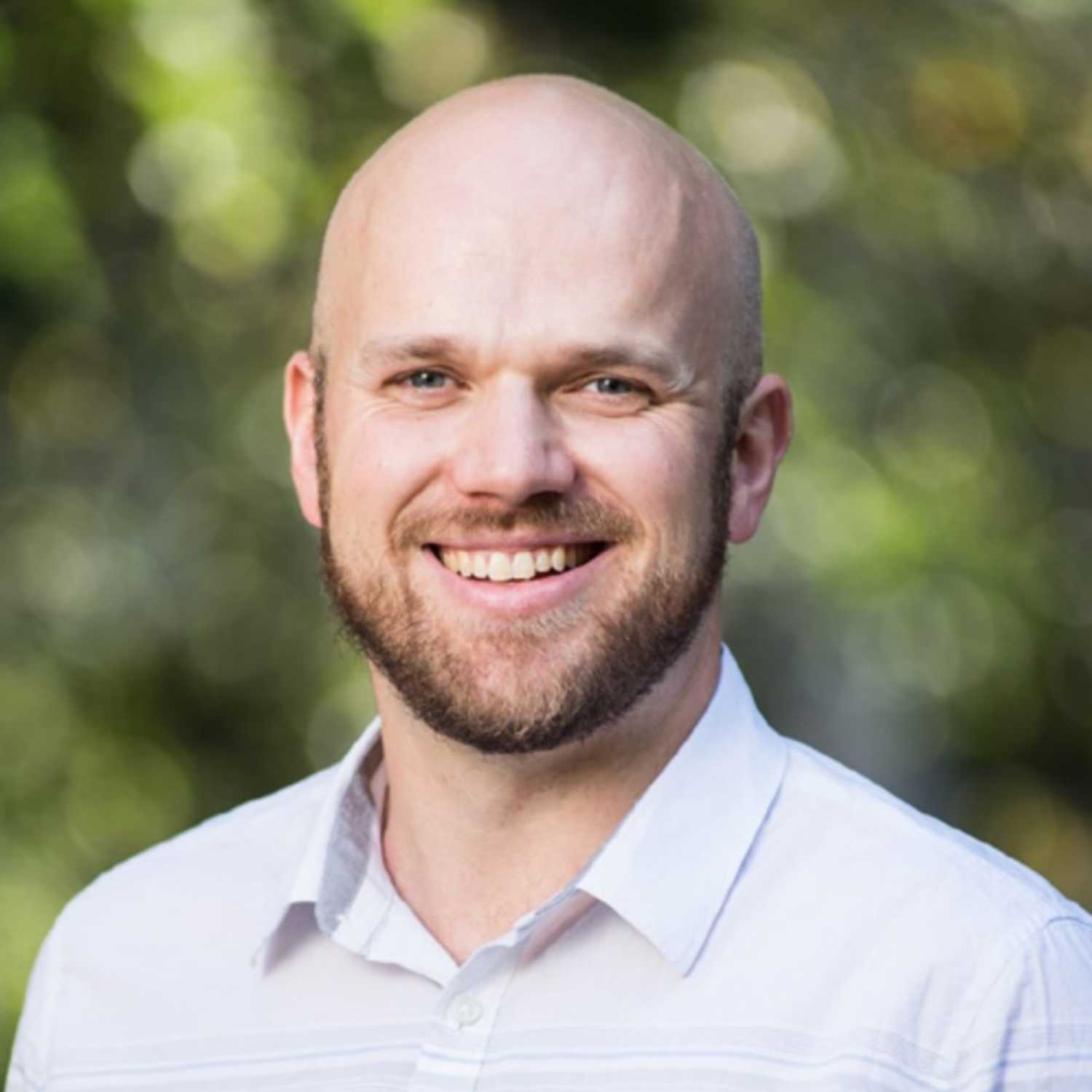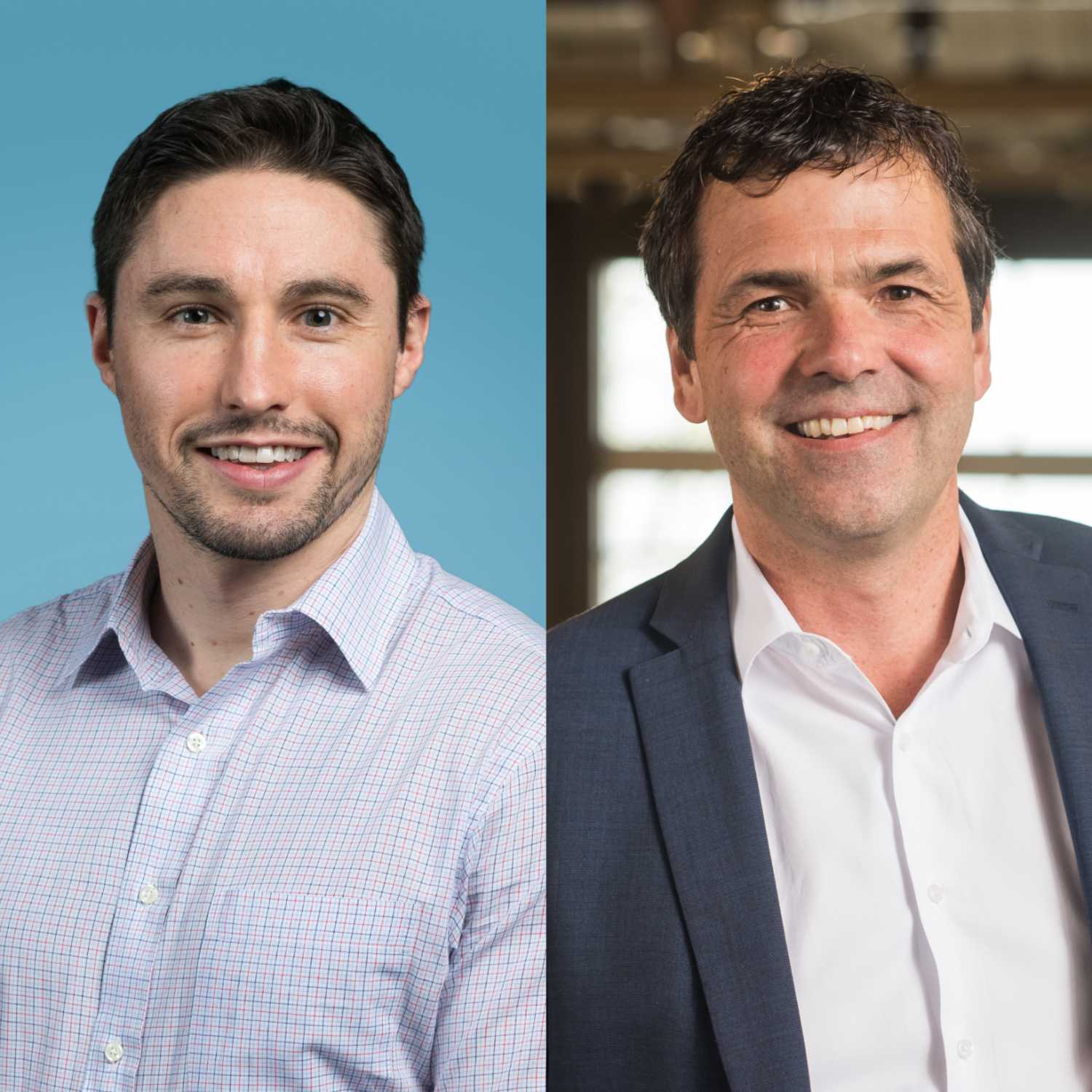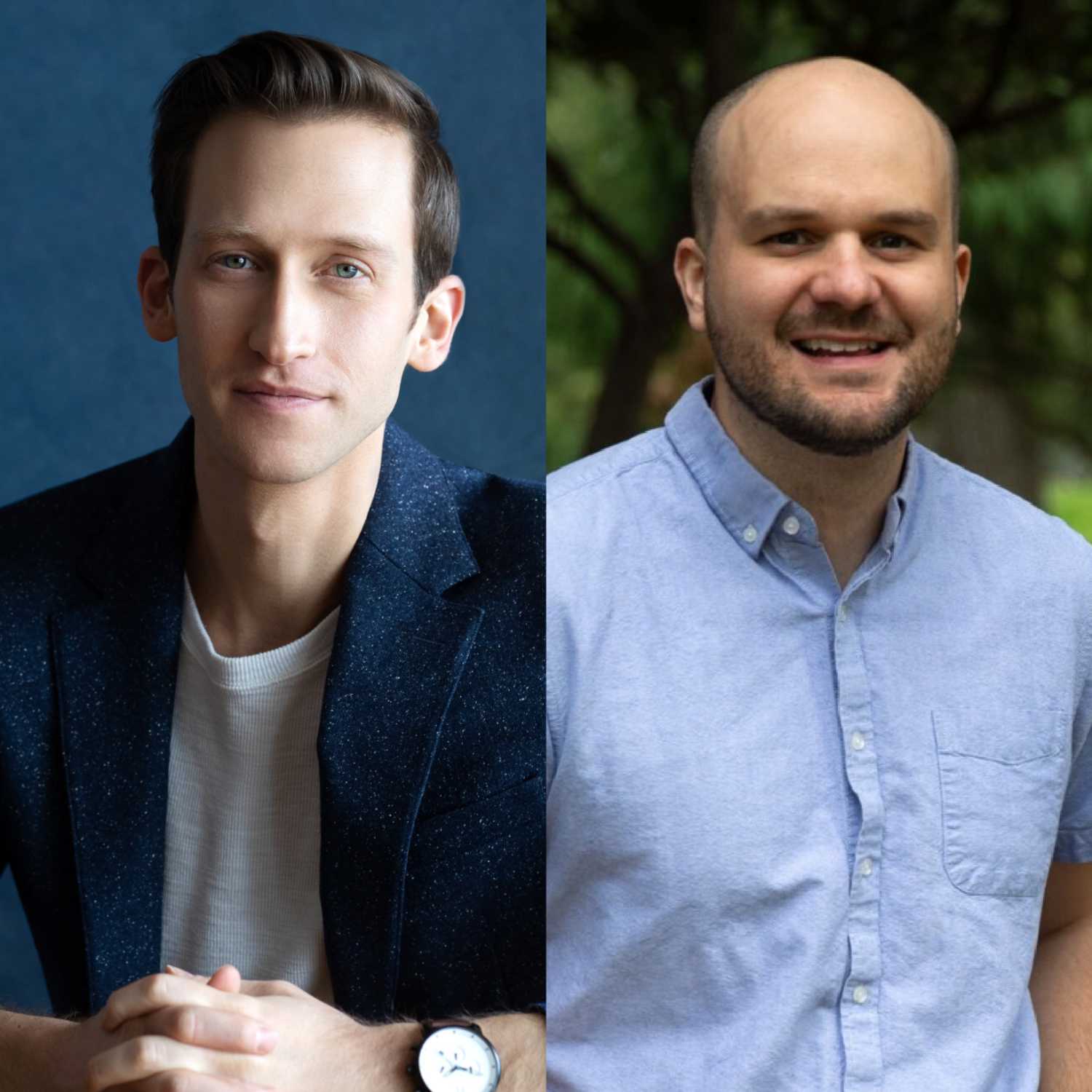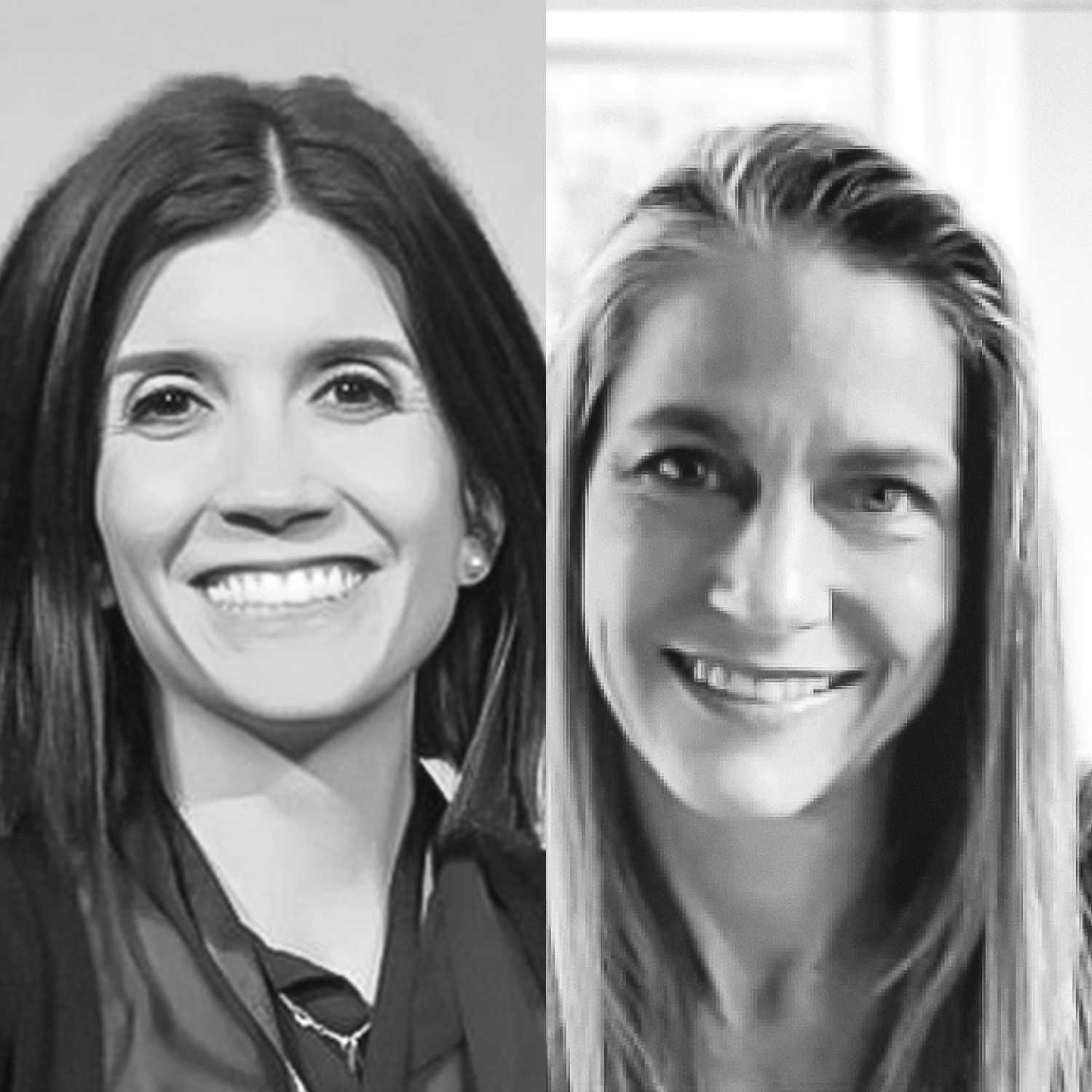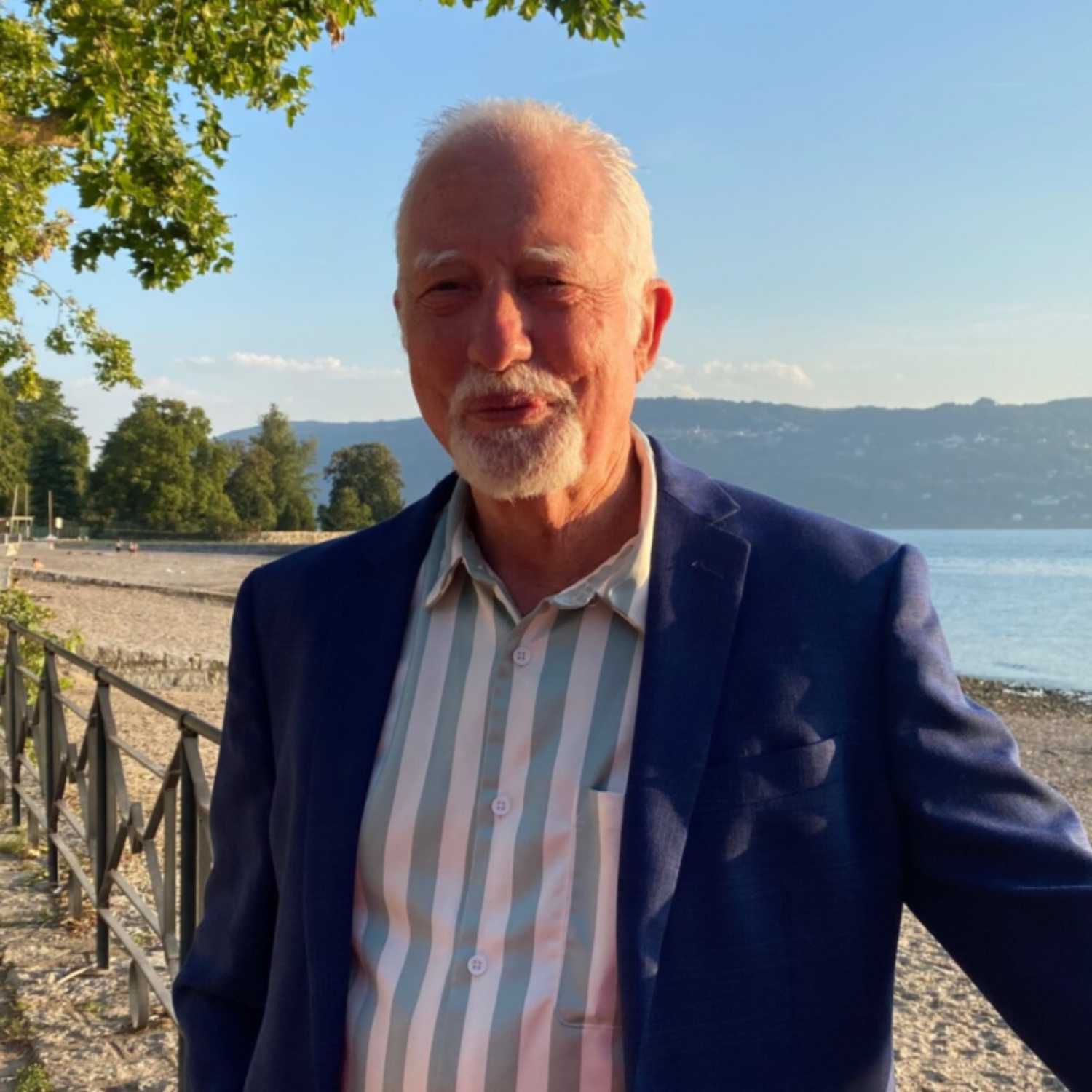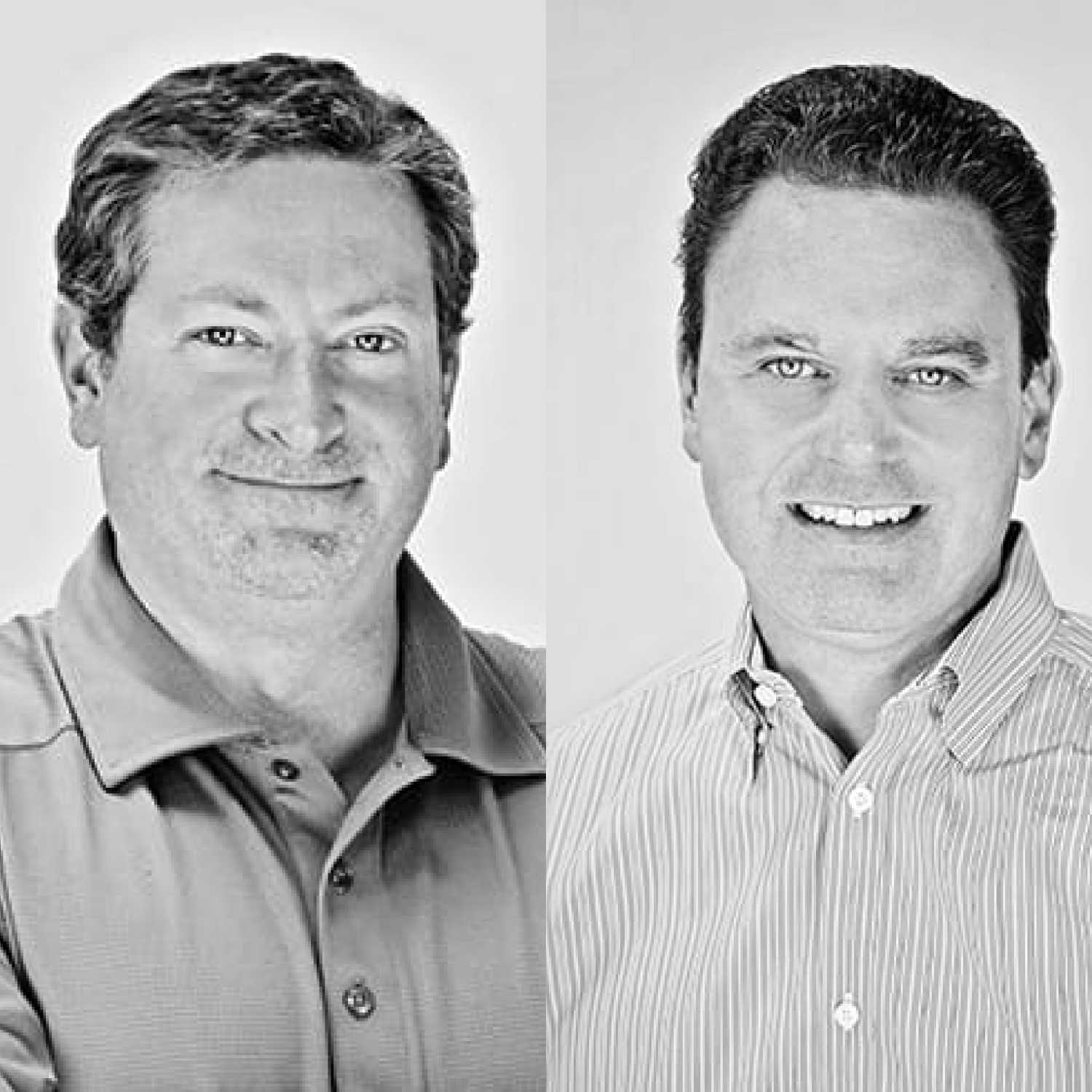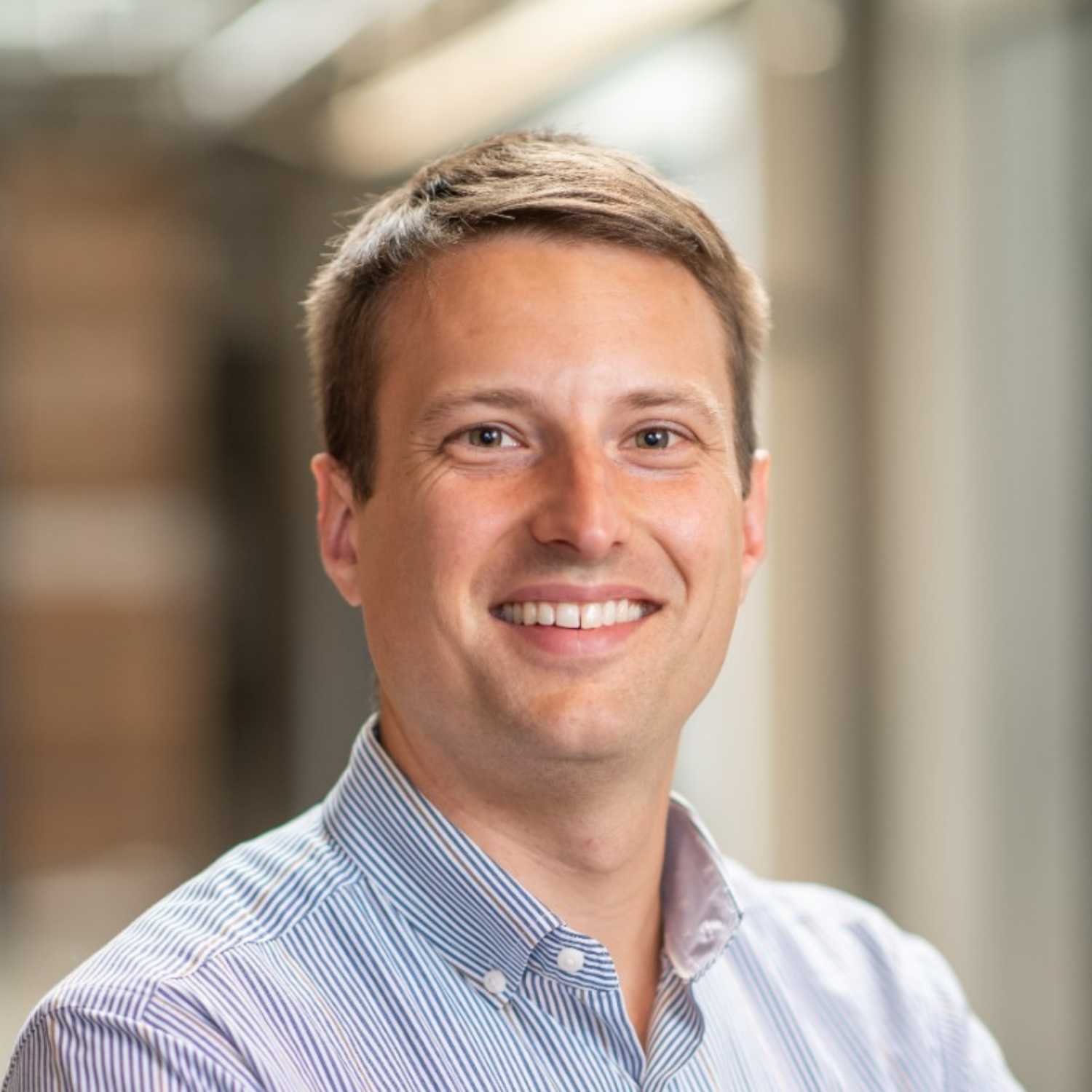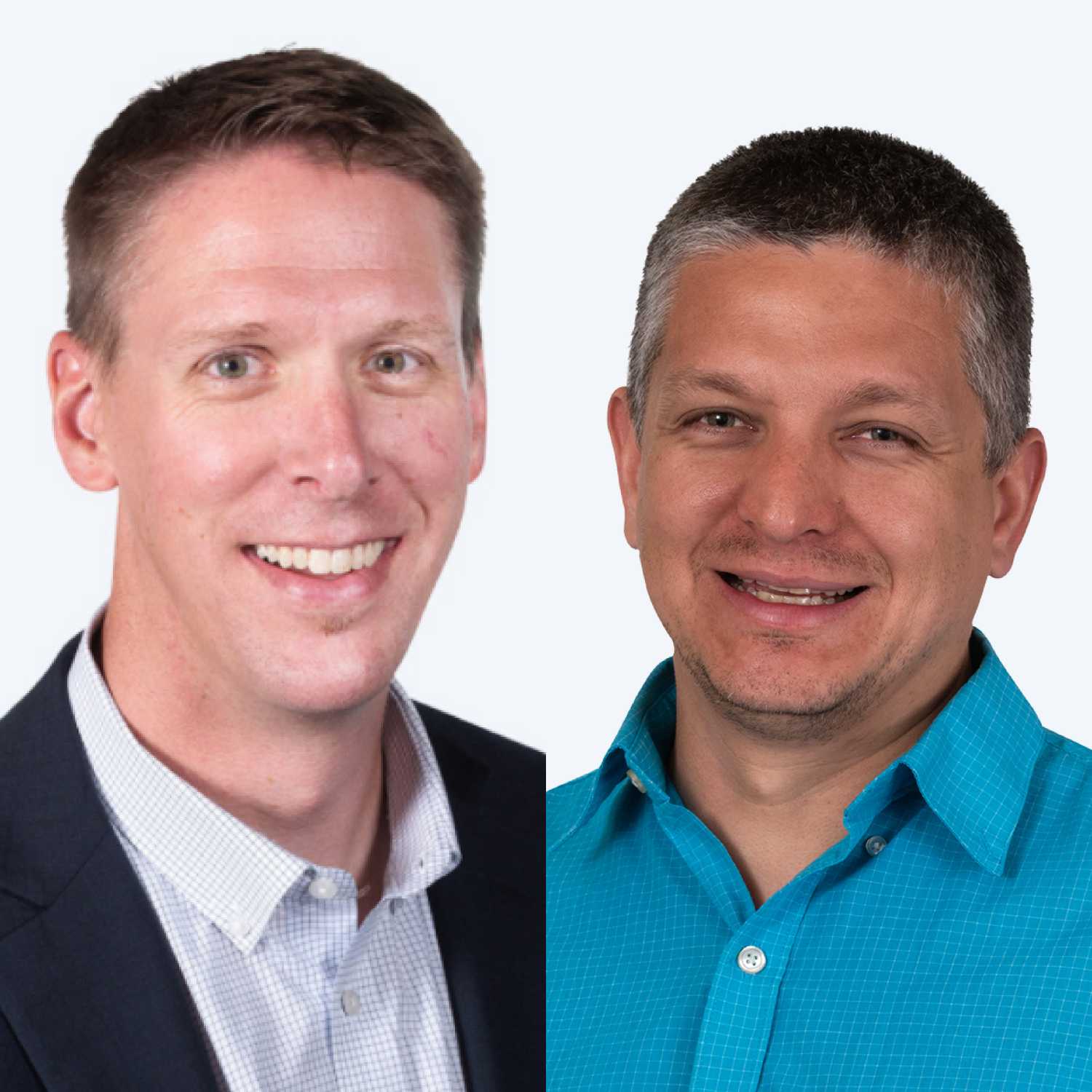Discover BUILDING HEROes
BUILDING HEROes

BUILDING HEROes
Author: Julia K. Day
Subscribed: 1Played: 0Subscribe
Share
© Julia K. Day, ID+CL
Description
The 2024 podcast series will revolve around new and innovative approaches to the methods, materials, and technologies used in the construction and operation of the built environment. We have an exciting lineup of experts in the industry to discuss these key components of building operations, and will have EIGHT episodes in 2024!. Check them out!
22 Episodes
Reverse
In this episode of the Building Heroes podcast, host Julia Day introduces the International Energy Agency (IEA) Energy and Buildings in Communities Programme (EBC) Annex 95 and Users TCP: Human-Centric Buildings for a Changing Climate, referred to as the Human-Centric Buildings Network, or simply “the Network”. Joined by fellow Operating Agents Liam O’Brien (Carleton University), Zoltan Nagy (TU Eindhoven), and Marianne Touchie (University of Toronto), the conversation explores how buildings must better respond to human needs as climate change, extreme events, and the energy transition reshape daily life.The guests share their backgrounds in human–building interaction, energy flexibility, and multifamily building performance, and break down what an IEA “annex” actually is and how this international network is structured. The discussion spans four core themes (human–building interactions, community-scale equity and sufficiency, building design and retrofit, and building operation), highlighting current research on building interfaces, behavioral nudging, and closing the loop between design intent and post-occupancy performance. The episode closes with reflections on the power of global, interdisciplinary collaboration to tackle wicked problems and advance healthier, more resilient, and energy-efficient buildings.Our journal paper introducing the Network: Energy and Buildings article entitled “Human-centric buildings for a changing climate: Introducing a new International Energy Agency research network,” has just been published: https://doi.org/10.1016/j.enbuild.2025.116802Where to Learn more!IEA EBC Annex 95 and Users TCP - Human-Centric Buildings for a Changing Climate Website: https://annex95.iea-ebc.org/Interested in participating? Join our e-mail distribution list via the website homepage, listed above.Need to contact us? Questions? Contact us at iea.human.centric@gmail.com
The Integrated Design Lab conducts research to advance knowledge and policies that promote healthier, high-performing buildings and cities. By measuring and analyzing both modeled and real building performance data, the Lab helps the industry improve building design and operations. Its research focuses on energy efficiency, daylighting, electric lighting, occupant behavior, human health and productivity, and advanced building management systems.This podcast examines systems and applications in which the UW IDL promotes energy efficiency and decarbonization in buildings across our Region.
During his time at Boise State, while pursuing his graduate studies, Damon developed a passion for energy efficiency. He initially focused on aerospace engineering and renewables, and eventually shifted his focus to wind and hydrokinetic energy. The realization that buildings use such a high percentage of our country’s overall energy use led him to Idaho’s Integrated Design Lab, where his research earned him the title of director in 2021.This podcast examines the energy used by individual building systems and provides efficient alternatives based on energy modeling and outlines the importance of selecting components that balance energy and comfort.Dr. Woods is a licensed mechanical engineer who started working at the IDL as a graduate student back in 2013. His dissertation used energy models paired with weather forecasts to predict how a radiant slab should be managed to maximize occupant comfort. His current research focus is on the integration of surface temperatures into building energy management systems. Dr. Woods has taught courses in advanced thermodynamics and energy modeling. In the office, he spends his time working on energy models and estimating savings from energy upgrades; out of the office he is usually fly fishing or gardening. Dr. Woods earned his B.S. from Montana State University, his M.S. from Boise State University and his Ph.D. from the University of Idaho.
The Institute for Northwest Energy Futures (INEF) at Washington State University Tri-Cities is dedicated to advancing a sustainable clean energy future. INEF takes an integrated systems approach to optimize the balance between emerging clean technologies, existing resources, and their economic, social, and political impacts. The institute fosters collaboration, innovation, and policy development to accelerate the adoption of low-carbon electricity and transportation fuels. As a virtual hub, INEF connects experts, drives research, educates future clean energy leaders, and engages with communities and tribal groups. Their goal is to create resilient, affordable, and environmentally harmonious energy systems.
Joining us for this episode are Karl Englund and Hui Li of WSU's Composite Materials and Engineering Center (CMEC) who discuss their use of low-value feedstocks in the engineering of new and innovative products. Karl and Hui delve into their experiences in the timber and polymer industry, sharing their unique work of turning what is otherwise trash (such as wood pulps, fibers, etc) into useable and durable products for construction.
This episode we talk with two experts from Puget Sound Abatement who cover all aspects of abatement services, as well as talking about the risk of things in homes such as lead pipes, and asbestos. These experts walk through the job site etiquette and discuss the future need for abatement services.
In this episode of BUILDING HEROES, we bring on three experts from the Hydraulic Institute to discuss the importance of pumping systems, why pumps matter in our built environment, and savings that can be achieved through the use of smart pumping technologies. Smart pumps—often termed a ‘self-sensing’ or ‘sensorless’— integrate variable speed controls to optimize operation based on system requirements. Smart pumps reduce operational pitfalls and enhance efficiency through streamlined control. Pumping systems are essential to the daily operation of most commercial buildings and industrial facilities. With new energy standards for clean-water pumps taking effect in 2020 and a new Energy Rating label program from the Hydraulic Institute, now is the time to evaluate the efficiency of commercial and industrial pumps, and circulators.
In this episode of BUILDING HEROES, we bring on two energy engineering experts to discuss Washington State Energy Code (WSEC), the Clean Building Performance Standard (CBPS), and efficient dedicated outdoor air system (DOAS) considerations in the new 2021 ICC and WSEC code cycle. Jordan and Derek discuss the sometimes complex nature of HVAC design, and how a Very High Efficiency DOAS system might be the best option for selected small and medium commercial buildings in the state of Washington, as well as potential occupant and energy benefits achievable through this approach.The next step in the ongoing evolution of HVAC design, very high efficiency DOAS uses the most efficient HVAC equipment and key design principles to provide cleaner and safer indoor air, enhance indoor comfort, and reduce commercial building HVAC energy use by an average of 69% (when compared to a code-minimum system).
Philip Agee serves as an Assistant Professor for Building Construction and Assistant Director for the Virginia Center for Housing Research, both in the Myers-Lawson school of Construction, with a combined 15+ years of fieldwork, design consulting, building diagnostics/analytics, and research experience in the built environment. He joined Virginia Tech in 2019.Agee’s research focuses on employing industrial engineering design and evaluation methods (e.g., human factors) for the built environment. He has expertise in human-building interaction, applied building science, zero-energy buildings, and human-centered design. His teaching focuses on the theory, design, and construction of integrated building systems and applied building science. His work aims to improve human-technology interaction outcomes in the built environment. This podcast dives into his vast experience in multiple industries, how those industries collide, as well as the importance of occupant behavior and interface design.
In 2017, Russ founded Vaagen Timbers to produce state-of-the-art Mass Timber products for the buildings of the future. After a groundbreaking in May of 2018, Vaagen Timbers was open and certified in July of 2019. The company has delivered projects all over the US and even projects in Europe. Russ has spent countless hours working on forest collaboration to thin and restore overstocked forest stands and believes strongly that mass timber provides the best value and exposure to how we can restore our forests and build low-carbon footprint buildings in the future.“Using an eco-friendly and integrated approach, Vaagen Timbers aims to develop and deliver beautiful, strong and versatile wood products that customers can be proud of. Their vision is to change the way people think about the places they live, work, and play, and to deliver the best product while connecting forests and communities together.” https://vaagentimbers.com/
BACKGROUNDMatt and his wife, Theresa, started Matt’s Place Foundation just after diagnosis and have since helped raise awareness of ALS and create support for PALS (people with ALS) and CALS (caretakers for ALS). Definition: a disease in which neuron cells in the brain and spinal cord slowly deteriorate. Over time, ALS destroys the ability to; walk, speak, eat, swallow, and breathe.In this episode, Theresa talks about the needs and strategies to make homes more accessible for progressive diseases or aging in place.ABOUT MATT WILDIn 2015, Matthew Wild, a 41-year-old former U.S. Marine, began experiencing strange feelings in his hands and arms, showing signs of muscle deterioration. Nearly a year of diet change and healthy eating had not alleviated his symptoms. In February 2015, a neurologist confirmed the initial diagnosis that Matt has Amyotrophic Lateral Sclerosis (ALS), commonly known as Lou Gehrig’s Disease. As a former Marine who revels in the challenge of a seemingly impossible task, Matt wanted to be an inspiration for others battling ALS. Soon after his diagnosis, Matt came up with a slogan: “Uncrushable Spirit.”WHERE TO LEARN MORETo learn more about what was discussed in this episode of the Building HEROes Podcast, please use these additional resources.• Matt’s Story at https://www.mattsplacefoundation.org/matts-story• Hope & Housing Youtube Series https://www.youtube.com/@MattsPlaceFoundation• Donate here! https://donorbox.org/matt-s-place-foundation-1
Prof. O’Brien is currently the principal investigator of the Human Building Interaction Lab at Carleton University. This episode talks about the importance of interface features and how occupants and operators can change personal behaviors to improve their comfort levels.
Two leaders from McKinstry explain how new builds and renovations can remove waste and climate harm through engineering, design, and technical procedures. With integrated methodology in construction projects, the company seeks to understand how increasingly complex buildings work with new legislative compliance issues, and how we can come up with innovative solutions that drive the efficiency of buildings The role of both the building operator and occupants are discussed, including passive and active strategies for both parties that can help minimize carbon impact. Customers often have big, complex problems to solve, and McKinstrey then creates partnerships to meet the needs of these problem statements.
Senior living communities aim to give older adults a little bit more help as they age while providing social interaction and higher quality of care. This allows residents to continue to experience joy in a space that is comfortable for them.Both Rendever and Eversound bring engaging experiences to these residents through digital technology, such as visiting their childhood home, traveling the world, or simply being able to hear a meeting for the first time.
In many ways, a building’s efficiency relies heavily on the building operator. In this episode, we spend time with Melanie and Rebecca learning about the Northwest Energy Efficiency Council. They focus on improving the energy efficiency of buildings through training and resources for building operators in the PNW.
Understanding how energy is used in the residential buildings we live in allows illumination of a host of misconceptions and simplifications. An honest appraisal of our home energy picture encourages us to explore what matters and matters most. We can learn what will best help our carbon footprint, and our energy costs while improving the vitality of our living environment. Best methods vary significantly by geography, local resources, and our changing climate.
In this episode, we talk with Gus Simonds and Perry England from MacDonald Miller. Gus Simonds has been the CEO of Macdonald Miller since 1988 using his variety of skills to ensure that even the most complex building problems can be solved. Perry England has been with MacDonald Miller since 2005 and is proud to help buildings work better while taking care of the community and the environment.
In this podcast, we speak with Hendrik Van Hemert, the Managing Director for Edo, and his involvement in the South Landing project, and what it means for the future of grid interactivity in the built environment.
Richard Danks started out as a mechanic at a boatyard. He finally accepted a job at the Austin Company where his father worked for many years, but not until after he had applied and been rejected more than 60 times by other companies. He has traveled across the United States working on a multitude of project types and programs. This podcast discusses the culture of the construction industry as an employee. Mr. Danks lets the listener into his specific experiences, good and bad in the industry. He also gives future employees some advice that helped him during his time, along with some things he wished he would've known.
UMC; the University of Mechanical Contractors, has a long history of providing clients with unique, budget-sensitive systems, completed on time. They reduce energy and operational costs, help improve tenant and employee productivity, promote sustainable building environments, and remain accountable for the ongoing system performance of their clients' facilities. Throughout this podcast, we dive into the importance of communication in a building, both horizontal and vertical. It is essential to efficient operations and productive occupants. this podcast helps paint for the potential of mindful design and long-term maintenance costs in regard to overall building efficiency.


